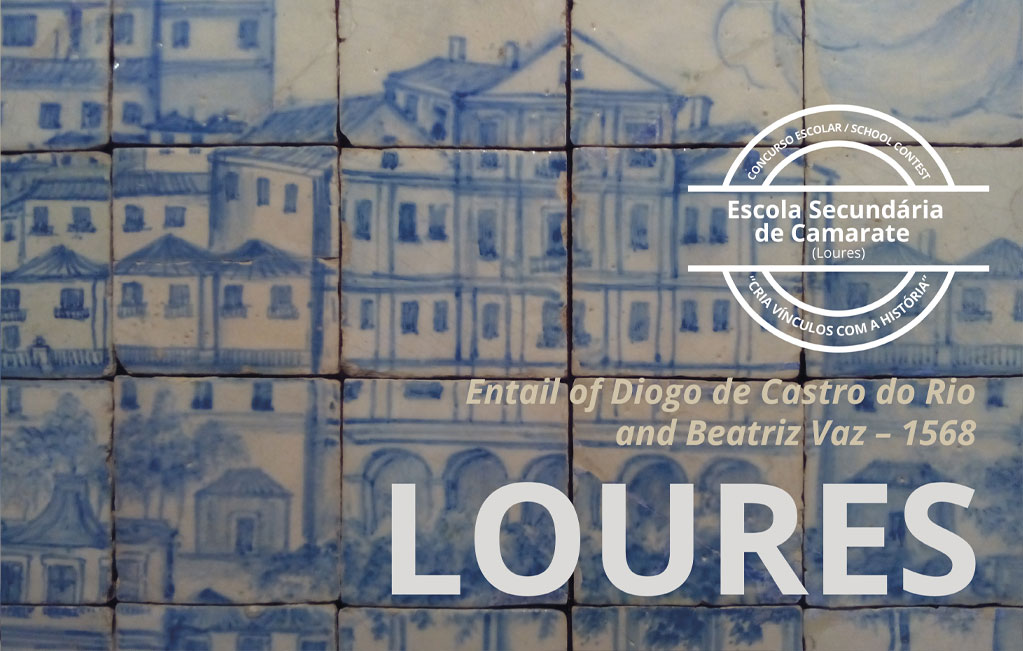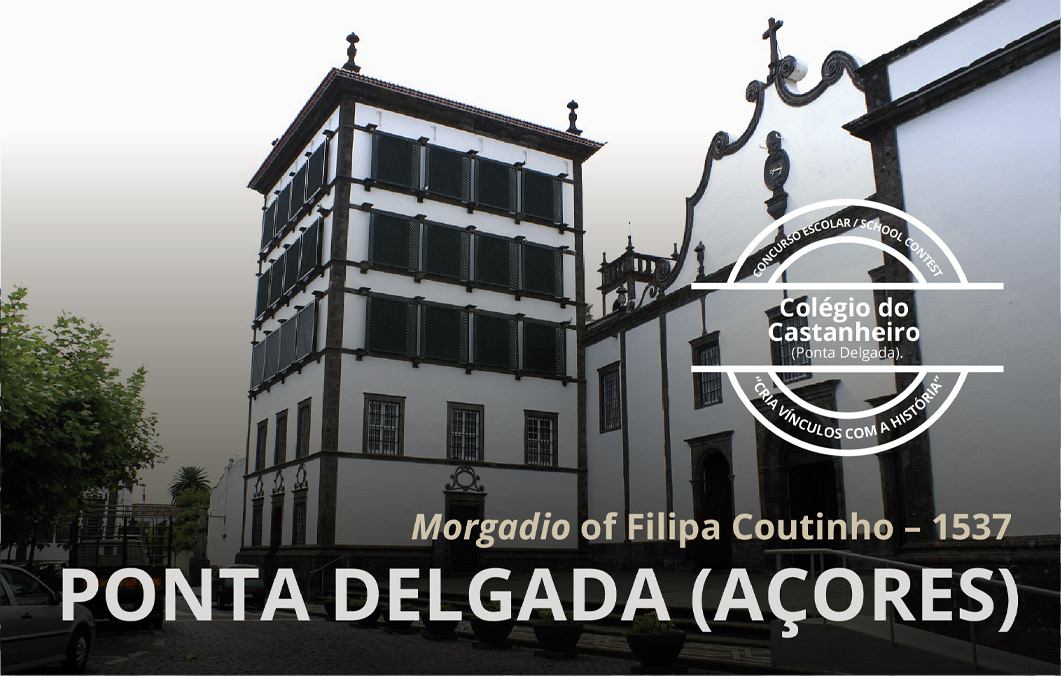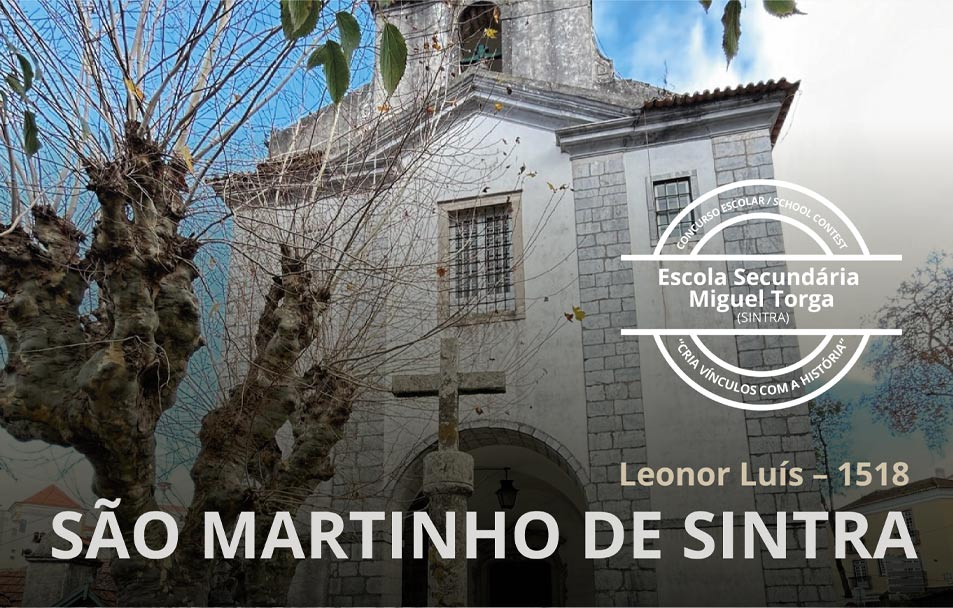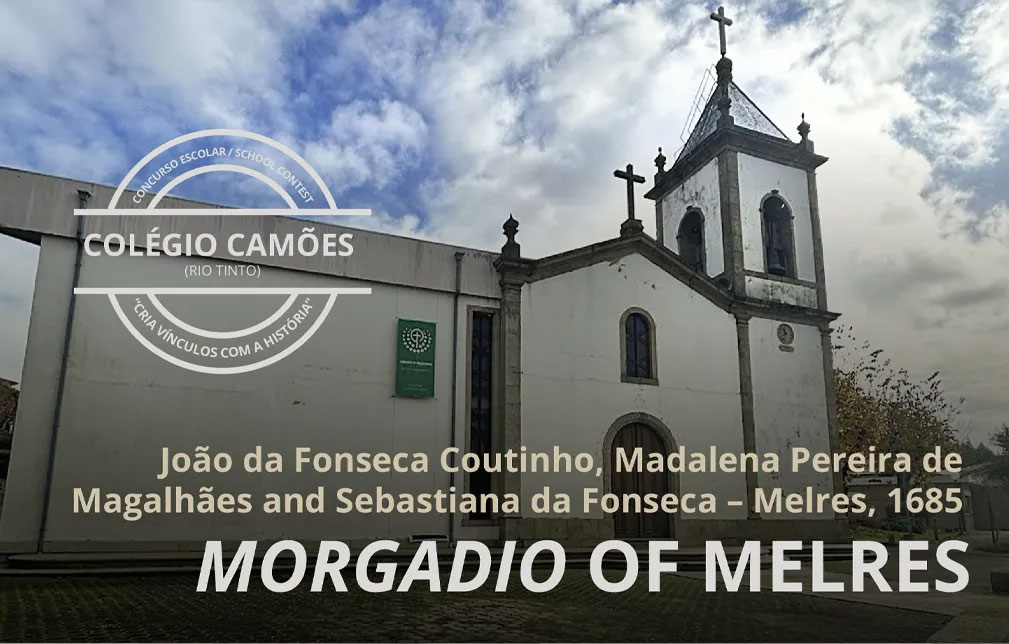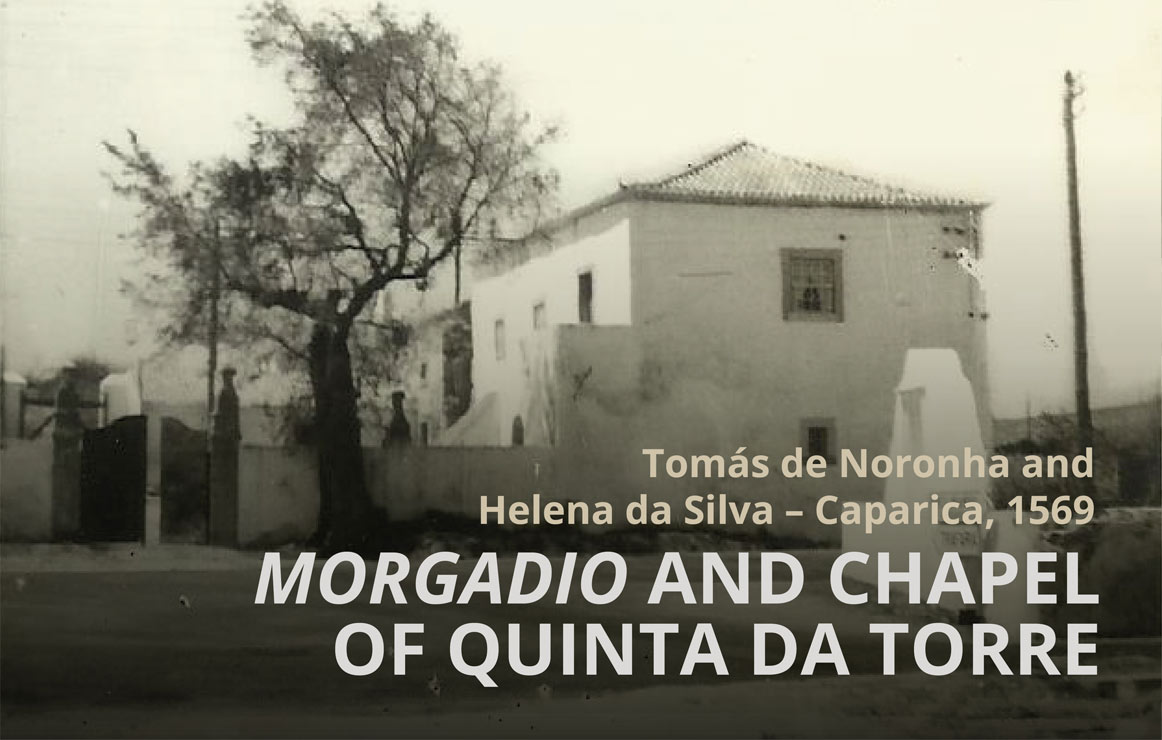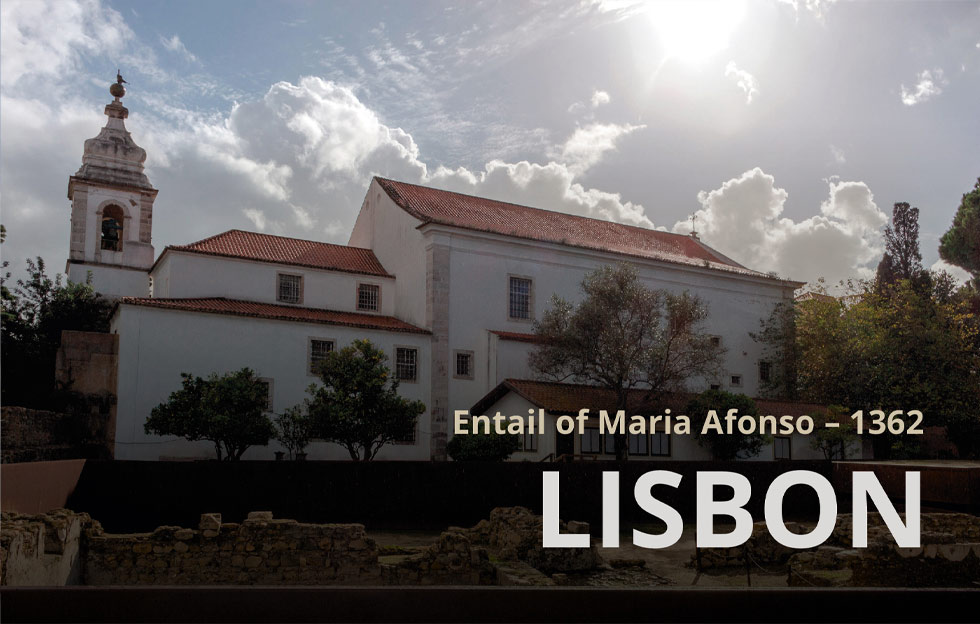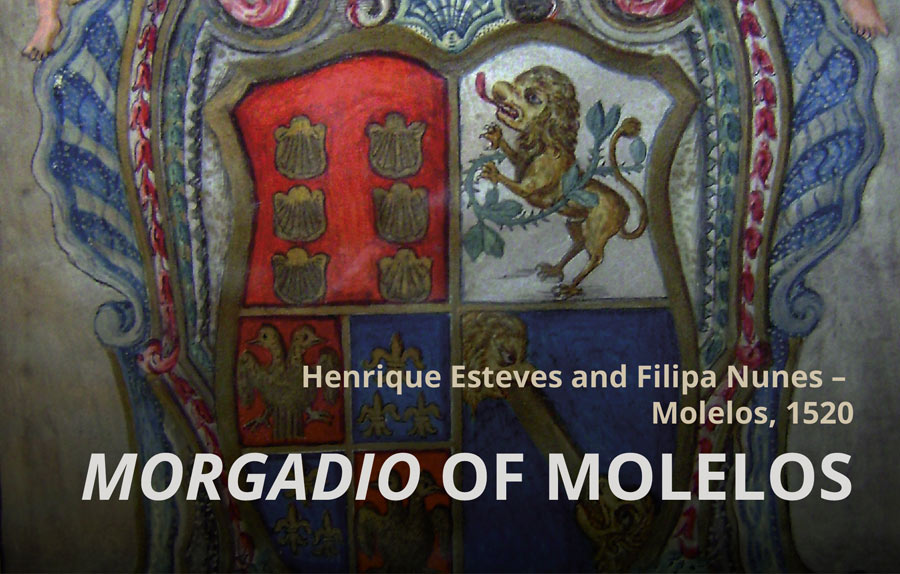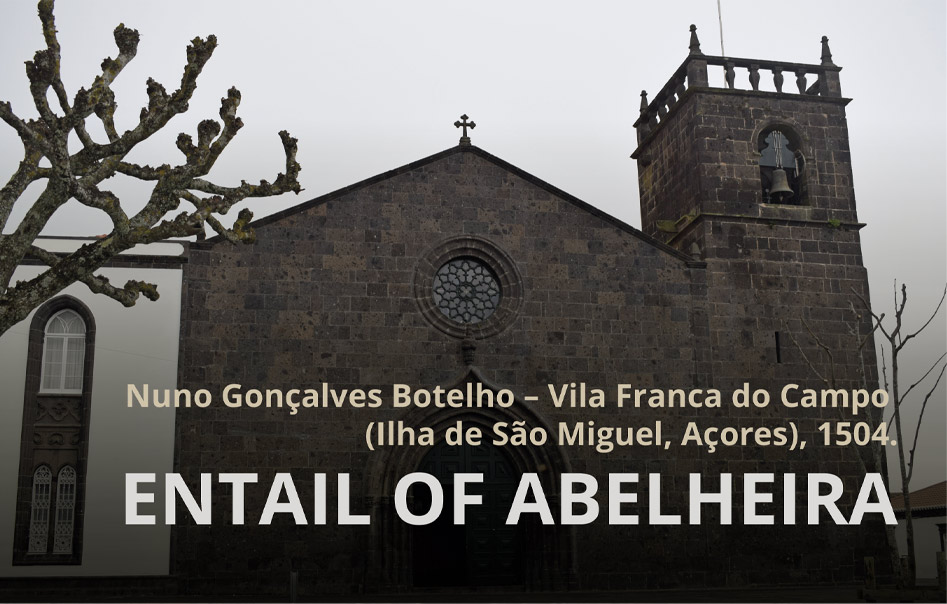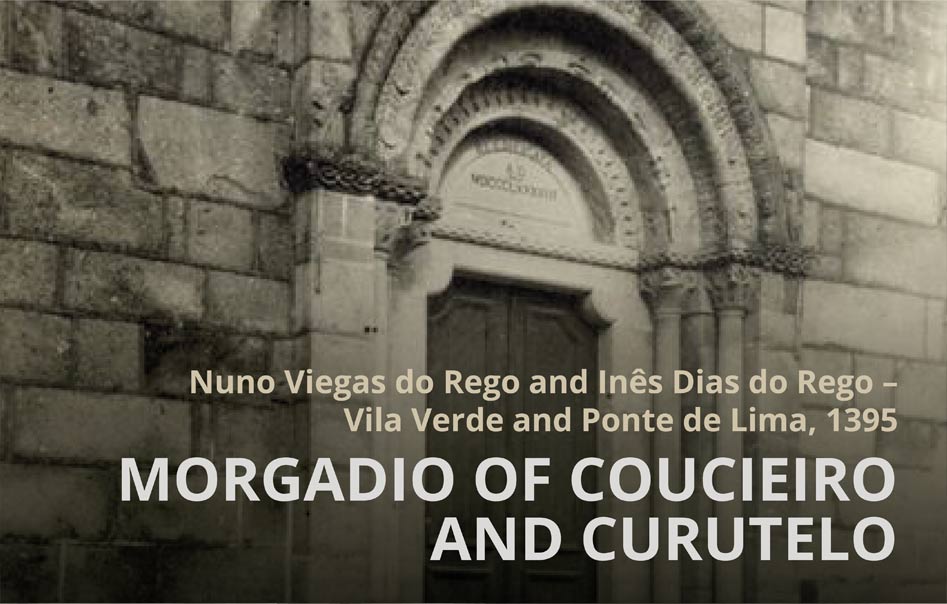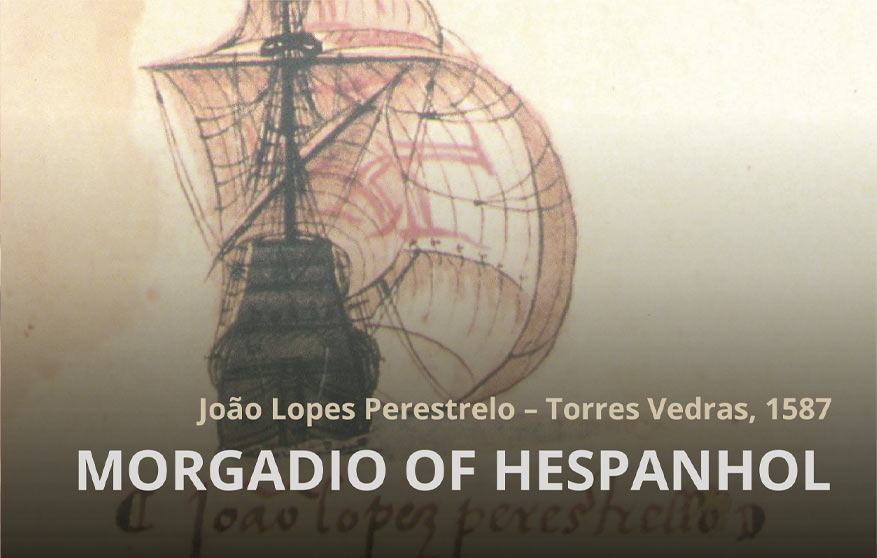Entail of the month (March, 2024)
Morgadio of Filipa Coutinho
Ponta Delgada (Azores), 1537
The entail instituted by Filipa Coutinho on 16 June 1537 (ANTT, Chancelaria de D. João III, liv. 26, fls. 85v-87v) allows us to understand the particularities of a woman who left a permanent mark on an era shaped by patriarchal structures, while we study the roots of our past and the administration of the assets bound.
Filipa Coutinho was the daughter of Rui Lopes Coutinho and the mother of Manuel da Câmara, the 6th captain of São Miguel (FRUTUOSO, 1998: 79-80), so she was of noble origins. She married Rui Gonçalves da Câmara, the 5th captain of the island of São Miguel. Referred to by Gaspar Frutuoso as “Capitoa” (“Captain”), she was, according to the same chronicler, a discreet woman with a notoriously religious character, virtuous and very charitable to those around her (FRUTUOSO, 1998: 299-302). Her body lies next to her husband in the church of the Convent of Esperança, to whose construction she is linked, as we will see later.
[Fig. 1] Coat of arms of the Câmara de Lobos family, indicated by Filipa Coutinho to be used by the morgado of the entail she established.
In the specific case of the Azores, according to José Damião Rodrigues, the foundation of the first chapels and morgadios ran parallel to the process of consolidating the institution. The first entails were founded in Santa Maria and São Miguel, usually by figures from the island’s main nobility, but only after the purchase of the island by Rui Gonçalves da Câmara in 1474 (RODRIGUES, 2021: 4-5). Therefore, the morgadio studied in this text is one of the first in the Azores, having been established less than sixty-five years after the beginning of the colonization.
The morgadio founded by Filipa Coutinho consisted of a third of the assets she owned at the time of her death. The movable and semi-movable assets were to be sold and the proceeds used to buy property in Lisbon, their land of origin, since the presence in São Miguel was dictated by Filipa Coutinho’s husband’s trade.
[Fig. 2] Convent of Our Lady of Hope (Nossa Senhora da Esperança) of Ponta Delgada.
As morgado, Filipa Coutinho appointed her son, Manuel da Câmara, the 6th captain of the island of São Miguel, who had established a very similar entail a few years earlier. The “Capitoa”’s act of establishing an entail very similar to her son’s, instead of attaching her assets to her son’s entail, the foundation demonstrates her power and desire to assert herself, despite reproducing male behaviour in the establishment of the entail. When Manuel da Câmara died, he would be succeeded by his eldest male son (ANTT, Chancelaria de D. João III, liv. 26, fls. 85v-87v). The “Capitoa Velha” (SOARES, 2018: 25) made it clear that the assets belonging to the morgadio could not be separated and had to be administered by the morgados who would succeed each other hereditarily by first-born, male and legitimate means. The morgadio should not be in the hands of any woman, bastard child, member of the clergy, person accused of a crime against the king or incapable of administering the estate. In these cases, it would pass to the next heir in the line of succession.
The morgado responsible for administering this morgadio had to use the surname Câmara, and Filipa respected the patriarchal order here, as this was her husband’s surname. Likewise, the administrator of the entail had to use the arms of the Câmara family (ANTT, Casa Real, Cartório da Nobreza, liv. 20, fl. 61), thus creating the perfect heir in the eyes of the founder (ANTT, Chancelaria de D. João III, liv. 26, fls. 85v-87v).
Filipa being a woman with a privileged status on the island of São Miguel in the 16th century, it’s not surprising that the construction of the Convent of Esperança (Ponta Delgada, 1541 to 1551) was sponsored and assisted by her (SOARES, 2018: 22). The urban location of this women’s religious building, initially situated in Caloura, was due to a greater guarantee of safety for the nuns, since in the original location they were frequently attacked by pirates, given their proximity to the sea (SOARES, 2018: 24-25).
[Fig. 3] Fountain with the inscription of the name of D. Filipa Coutinho (dONA FELIPA), in the Convent of Our Lady of Hope (Nossa Senhora da Esperança), in Ponta Delgada. Part of this fountain dates from the 16th century, when Filipa Coutinho was a nun at this institution.
Given the important role played by the “Capitoa” in the construction of the convent, the abbess gave her permission to build some houses next to it, on the condition that she would leave them to the religious order after her death (SOARES, 2018: 25).
Little else is known about the evolution of this morgadio, except that its successors, a line of captains of São Miguel, like Filipa’s husband, continued to use the surname and arms. The Convent of Nossa Senhora da Esperança still exists as part of the diocese of Angra do Heroísmo. It perpetuates the memory of a woman who marked her time, an emblematic mark of which is the fountain stone with the inscription that confirms Filipa Coutinho’s connection with the construction of this convent.
This “Entail of the Month” was created as part of the “Cria Vínculos com a História” competition.
School: Colégio do Castanheiro (Ponta Delgada, Azores).
Class: 11th grade 2.
Teacher: Joana Couto.
Students: Carolina Amaral, Cíntia Viveiros, Eunice Costa, Jackson Farias, Marta Borges, Sofia Feijó and Sofia Flor.
Coordination: Maria de Lurdes Rosa, Rita Nóvoa, Leonor Dias Garcia.
Sources and bibliography
ANTT, Casa Real, Cartório da Nobreza, liv. 20, fl. 61.
ANTT, Chancelaria de D. João III, liv. 26, fls. 85v-87v.
FRUTUOSO, Gaspar – Saudades da terra: livro IV [em linha]. Ponta Delgada: Instituto Cultural de Ponta Delgada, 1998 [séc. XVI], pp. 299-302. [06/12/2023] Disponível em https://fgf.uac.pt/files/public/documents/2022/03/5a2f95c5d6880f33e144c8ef4883191ca218f371f0de7be4aa7913b42171adba.pdf
RODRIGUES, José Damião – “Quando não assiste nela o Conde de Vila Franca”: os governadores da ilha de São Miguel (Açores) nos séculos XVII e XVIII. Revista Ágora [em linha]. S. l. ISSN: 1980-0096. Vol. 32, n.º 3 (2021), pp. 1-31. [06/12/2021] Disponível em https://periodicos.ufes.br/agora/article/view/34942/23968
SOARES, Hélio Nuno Santos – O Mosteiro de Nossa Senhora da Esperança de Ponta Delgada: uma proposta de valorização patrimonial em diálogo com a comunidade. Ponta Delgada: Universidade dos Açores, 2018. Dissertação de mestrado em Património, Museologia e Desenvolvimento. [20/10/2023] Disponível em https://repositorio.uac.pt/handle/10400.3/5006
Other entails of the month



